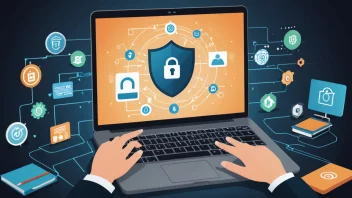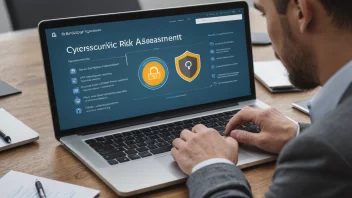Introduction
Digital forensics plays a critical role in the recovery of digital assets, especially in cases of cybercrime, fraud, or data loss. As digital assets become more valuable and prevalent, understanding the principles of digital forensics is essential for individuals and organizations aiming to safeguard their investments and recover lost assets. In this article, we address common questions related to digital forensics and its application in digital asset recovery.
What is digital forensics?
Digital forensics is a branch of forensic science that involves the recovery, investigation, and analysis of material found in digital devices such as computers, smartphones, and networks. Its primary purpose is to preserve, identify, and analyze data that can be used in legal proceedings.
How does digital forensics aid in asset recovery?
Digital forensics aids in asset recovery by providing the tools and techniques necessary to uncover hidden or deleted data, track asset movement, and establish ownership. Investigators use specialized software and methods to analyze digital footprints, which can lead to the recovery of lost or stolen assets.
What types of digital assets can be recovered?
Digital assets include a wide range of items, such as:
- Cryptocurrencies: Bitcoin, Ethereum, and other digital currencies.
- Digital files: Documents, images, videos, and software.
- Online accounts: Social media, email, and cloud storage accounts.
- Intellectual property: Patents, trademarks, and copyrights.
What are the common methods used in digital forensics?
Common methods in digital forensics include:
- Data recovery: Techniques to retrieve lost or deleted files from various storage media.
- Network analysis: Monitoring and analyzing network traffic to trace unauthorized access or data breaches.
- Forensic imaging: Creating exact copies (images) of digital devices for analysis without altering the original data.
- Log analysis: Reviewing system logs to identify suspicious activities or anomalies.
What legal considerations are involved in digital forensics?
Legal considerations in digital forensics include:
- Chain of custody: Maintaining a documented history of the evidence to ensure its integrity.
- Privacy laws: Compliance with laws governing data protection and privacy.
- Admissibility of evidence: Ensuring that the gathered evidence meets legal standards for use in court.
Can digital forensics recover data from damaged devices?
Yes, digital forensics can often recover data from damaged devices through specialized techniques. Depending on the extent of the damage, forensic experts may utilize methods such as:
- Physical data recovery: Working with hardware components to extract data.
- Logical data recovery: Using software tools to recover data from corrupted files or systems.
What challenges do digital forensics investigators face?
Digital forensics investigators face several challenges, including:
- Encryption: Securing data with encryption can hinder access to the information.
- Volume of data: The massive amount of data generated can make analysis time-consuming.
- Rapid technology changes: Keeping up with evolving technology and methods of data storage and transmission.
What role does digital forensics play in cryptocurrency recovery?
Digital forensics is crucial in cryptocurrency recovery, particularly in cases of theft or fraud. Through blockchain analysis and investigative techniques, forensics experts can trace transactions, identify wallet addresses associated with theft, and sometimes recover stolen funds.
How can individuals protect their digital assets?
Individuals can protect their digital assets by:
- Using strong passwords: Implementing complex passwords and enabling two-factor authentication.
- Regular backups: Keeping backups of important data in secure locations.
- Staying informed: Understanding the latest security threats and best practices for digital asset protection.
Conclusion
Digital forensics is a vital field in the context of digital asset recovery, offering essential techniques to recover lost or stolen assets. By understanding the principles and challenges of digital forensics, individuals and organizations can better protect their digital investments and respond effectively in the event of loss or theft.






